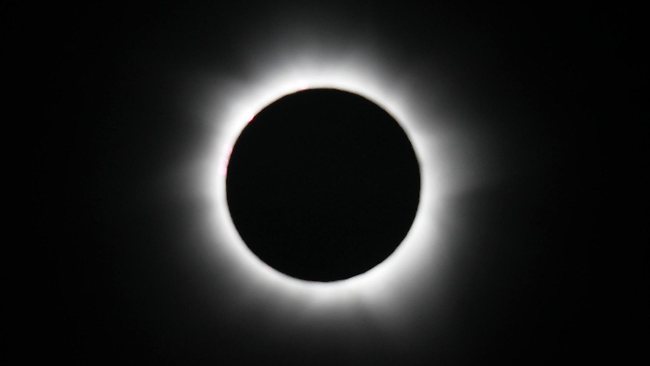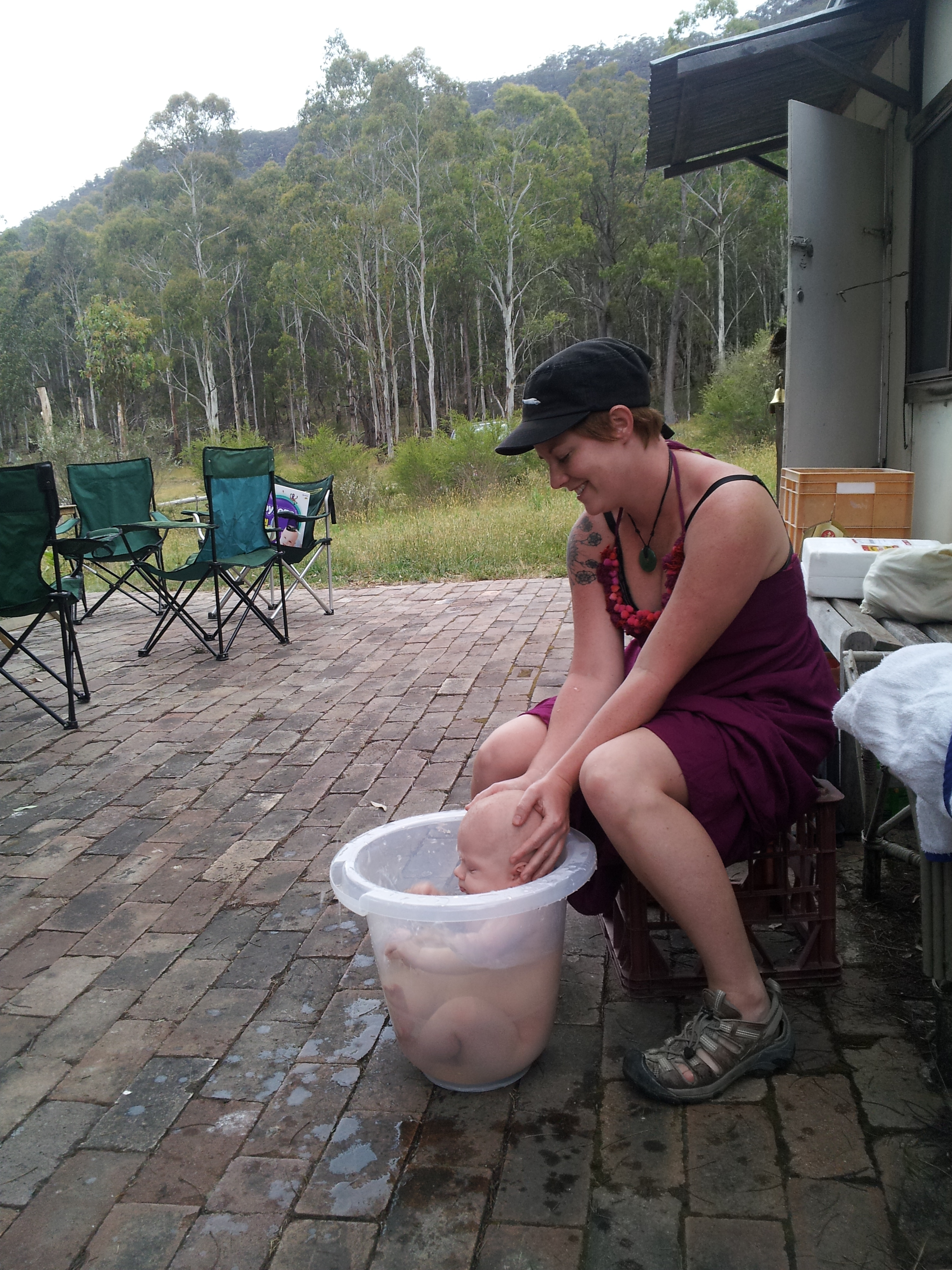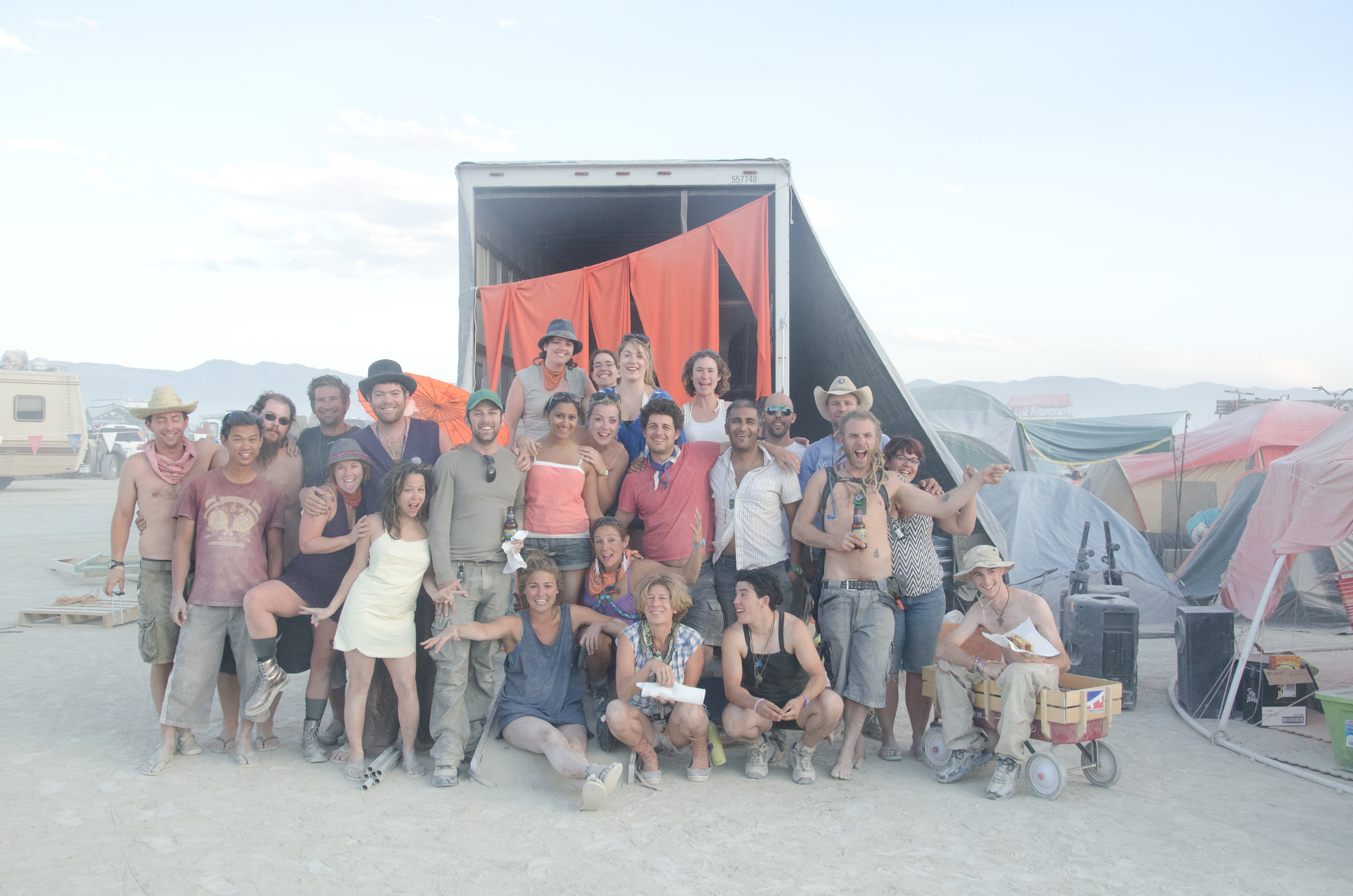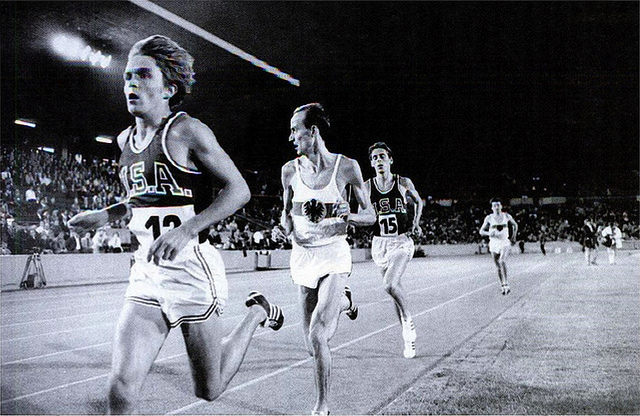 You are running coach, the analogy goes, and you have to choose between two runners. One of them has textbook form, smooth and efficient in his stride. The other is a mess, straying out of his lanes, arms and legs flailing unattractively. Despite this they are neck-and-neck at the end of the race. Who would you want to coach?
You are running coach, the analogy goes, and you have to choose between two runners. One of them has textbook form, smooth and efficient in his stride. The other is a mess, straying out of his lanes, arms and legs flailing unattractively. Despite this they are neck-and-neck at the end of the race. Who would you want to coach?
You would choose the worst runner, the guy with terrible form but who somehow managed to stay in the race despite this, because your coaching has the possibility to make the greater impact. You can’t do much with the guy with perfect form; he’s just not fast enough. But the sloppy guy, with refinement and coaching, might just be able to be really fast. In sporting parlance his ceiling is higher.
I feel like that’s where we are at with StartSomeGood right now, as we stand on the brink of unveiling the new version of our site to the world.
It’s been two years since the first version went live and, simply put, we have done almost everything wrong.
We built the first version of the website with only conceptual feedback from our target market – we didn’t show them the actual site until it was live. We didn’t talk enough about what we were doing while we were building it, and so failed to prime the community for our launch. We didn’t even have a LaunchRock page up to collect emails, so we started with zero on day 1. We put far too much time and effort into coaching efforts which didn’t sufficiently move the needle. We recruited the wrong people and compensated them in an unstrategic fashion, giving away more entity than we should have to people no longer with us.
We failed to test or monitor a lot of what was happening on our site. We were so tech-resource constrained I think it was too depressing to constantly focus what couldn’t, in the short-term, be fixed. We just worked harder and harder to connect with and serve entrepreneurs, but these efforts couldn’t all be scaled and didn’t overcome all the shortfallings of the site itself. This lack of attention to metrics and testing meant we didn’t have as much data or insight as we should have when we became (slightly) less constrained in our tech resourcing and were able to invest in this new site.
So many mistakes.
But we’re still here. Along the way we listened, we learned. And now we are ready to show you some of those learnings embodied in this next iteration of our platform.
We interact constantly with our community, social entrepreneurs and community benefit organisations looking to raise funds in a new way. We’ve been intimately involved in over 300 campaigns now, and have seen what has and hasn’t worked. We’ve been knocked back by organisations we wanted to work with and have always asked why. We recruited an amazing advisory committee LINK who have helped stretch and inspire our thinking, as have a wide range of informal advisers and friends.
I can’t claim that we’re doing it all perfect now because we’re not. We’re busy and over-stretched and making compromises. The new version hasn’t had enough testing or rounds of user-feedback, but it’s had infinitely more than the first version. We would have done more but our updated UI/look-and-feel was done probono by Source Creative, who were lovely and generous and did a great job but didn’t have capacity for ongoing testing and additional rounds of tweaks, which was fair enough. It’s often better to put something out there and learn from how people actually use it anyway.
Raising a small amount of family-and-friends investment has allowed us to get this new version shipped and we’re committed to being much more focused on testing and analytics than we were with the first version.
There are a number of key improvements I’m excited to show you: • We’ve simplified our navigation and lightened the feeling of the site, giving it a cleaner and more modern look • We’ve put more emphasis on success stories and user-interactions, highlighting the people-powered nature of the site. • We’ve added alternatives to paypal, initially just for US ventures but coming soon for everyone else. • We’ve upgraded the venture dashboard, to help you launch and manage campaigns and; • We’ve improved the how to info and resources on the site to educate people about how to succeed at crowdfunding.
So where are we as a business? I truly believe we stand on the brink of great things.
Despite our abundant shortcomings we have built a vibrant community of entrepreneurs and changemakers. We have 10,000 subscribers to our newsletter, 10,000 followers on Twitter and 30,000 followers on Tumblr. We have successfully funded over 130 projects in 22 countries, and this is just the beginning.
We have a fantastic, talented, passionate team spread Australia, the US, England and Sweden. Everyone is involved because they believe in our mission and are driven to scale our impact and help changemakers around the globe. You can meet our newest colleagues here.
We have just announced a number of exciting partnerships, including with ING Direct who have committed significant funds to social entrepreneurs running campaigns on our site, and with the Global Food Startup Challenge, for which we are the global crowdfunding partner.
In terms of our financials we have started slow but all sites of our sort do. Crowdfunding is boom or bust. Once you pick up pace it tends to accelerate, but the vast majority of sites never even reach the point we are at, remaining extremely limited in terms of scope or traction.
I can understand the skepticism some feel about whether there is enough room for StartSomeGood in an extremely competitive crowdfunding market but I know we provide a unique service and truly believe we are the best home for most social entrepreneurs looking to raise money from their communities. The creative crowdfunding platform are simply not built with nonprofits and causes in mind. Our success rate (comparable with the creative crowdfunding sites), incredible partners and growing traction are strong positive indicators for this belief.
So if you’ve been holding off on getting your idea out there and launching a campaign for any reason I hope you’ll reconsider and give our site a try. If you launch before April 2 you’ll be in the running for the ‘Like-Off’ we are running, with a bonus $200 grant to the project with the most likes during a 24 hour period starting at midnight April 3 Greenwich Mean Time.
Please check out the new site and let me know what you think.
Onwards and upwards!
Image by The Happy Rower made available on a Creative Commons license via Flickr.
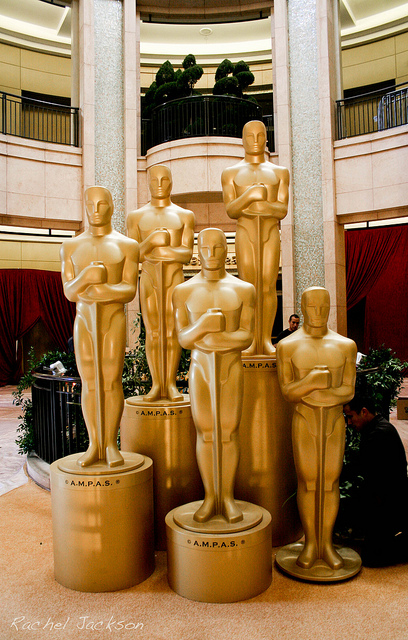
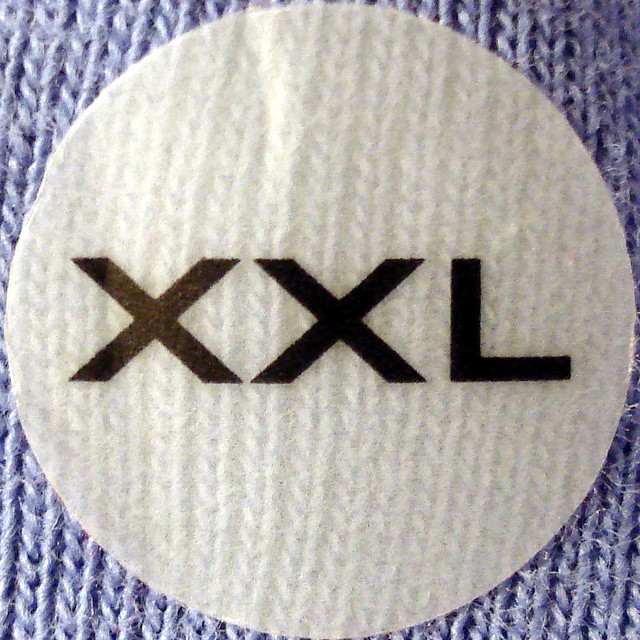

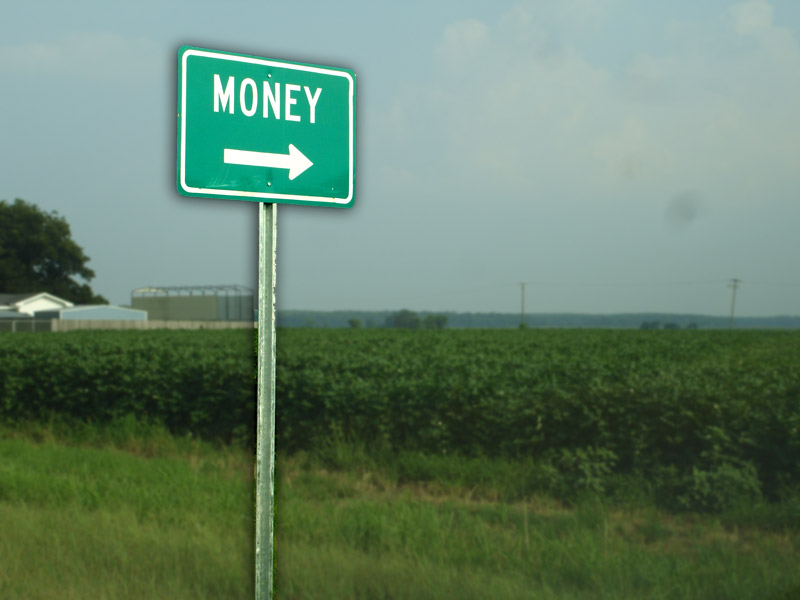 A fascinating debate
A fascinating debate 